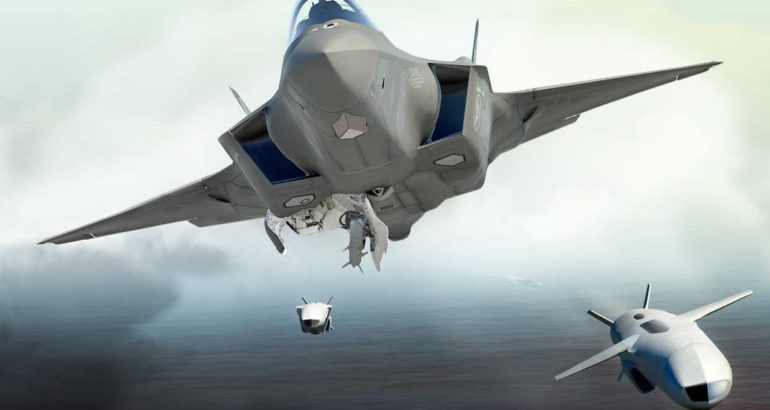Germany's parliament has approved funding for the acquisition of thousands of missiles and the development of a supersonic naval cruise missile, as announced by the Defence Ministry.
In collaboration with Norway, Germany will work on developing the supersonic Tyrfing missile. A key parliamentary committee released funds for Berlin's first venture into creating modern naval missiles, which currently are mostly French or American-made.
While Norway and its state-owned arms manufacturer Kongsberg will lead the project, Germany plans to invest approximately €650 million ($695 million) into the development through 2033.
The new missile, named 3SM Tyrfing, is slated to be operational by 2035. The contract, expected to finalize by August, will involve Diehl Defence and MBDA working on the German side.
Initially, Germany’s portion will be funded from Chancellor Olaf Scholz’s special military fund, established following Russia’s full-scale invasion of Ukraine in February 2022. In subsequent years, funding will come from the regular defense budget.
Kongsberg describes the Tyrfing as a “new super missile” to succeed the Naval Strike Missile developed in the early 2000s. The 3SM (Super Sonic Strike Missile) is anticipated to be ready by 2035. Besides Norway and Germany, Kongsberg aims to market the missile to other European armed forces.
Additionally, the German budget committee has approved purchasing up to 3,266 Brimstone 3 rockets, scheduled for delivery by 2033 under a contract expected to pass next month. Initially, 274 missiles and necessary equipment will be purchased from MBDA Germany for about €376 million. An additional 29 Brimstones will be used for operational testing and 75 for training and telemetry.
These rockets are intended for the Eurofighter fleet, the core of Germany’s Air Force. Berlin first announced plans to acquire the air-to-ground missile in 2017. The British Royal Air Force has utilized the Brimstone family of missiles for nearly two decades, including in Afghanistan, Iraq, and Syria. A contingent of German Eurofighters is also deployed in the Baltics to bolster NATO’s stance against Russia.
The parliamentary budget committee also approved acquiring 506 Stinger man-portable air defense systems, valued at approximately €395 million, to replace 500 ground-to-air missiles sent to Ukraine.
Germany has been a leading supporter of Ukraine, providing more military aid than any country except the United States. According to the Germany-based Kiel Institute for the World Economy, the German government has sent €10.2 billion in military aid to Ukraine as of the end of April 2024.
:quality(70)/cloudfront-us-east-1.images.arcpublishing.com/archetype/TE25PSHSZNBH3M5JF4TB2ZC53M.png)









_firing%2C_Japan_GSDF.jpg)